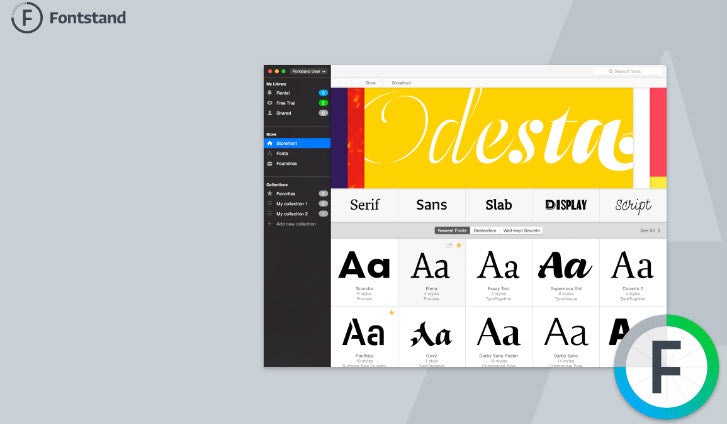

Some of Bilo’s signature characters, like ‘G’, ‘R’ or ‘a’, make it easy to recognize and unique. The uppercase characters stay rather compact which is great for texts with many capital letters or all-caps settings. The extreme weights best shine in generous sizes – in print or on screen – while Light to Bold are also suitable for short copy. This weight range is complemented by unusually steep italics for a sans-serif, another reference to Bodoni-like typefaces. Bilo’s proportions progress from slender, classy light and regular styles to stubby, wider bolds and black – 9 weights in total with moderately low x-height. Some other remaining hints of Bodoni are the slightly concave upper terminals of lowercase stems and the shape of the ‘n’ for instance. Nothing really came off of this but the shape of the lowercase ‘o’ of Bodoni’s black weight stuck with him and inspired Bilo ExtraBold, the first weight he drew. Van Rosmalen started exploring shapes of this kind in 2014 in an attempt to design a low-contrast sans-serif version of Bodoni. In lighter styles, the sharp curves are also visible at the top and bottom of round characters giving Bilo an unusual and charming feel. The ‘o’ or ‘e’ in the bolder styles, for instance, are not circular but rather oblong, egg-shaped ovals. Pieter van Rosmalen challenges many of the common design practices that aim for smooth curves and harmoniously progressing rounds. Bilo is a grotesque in the literal sense of the term, some may say.


 0 kommentar(er)
0 kommentar(er)
